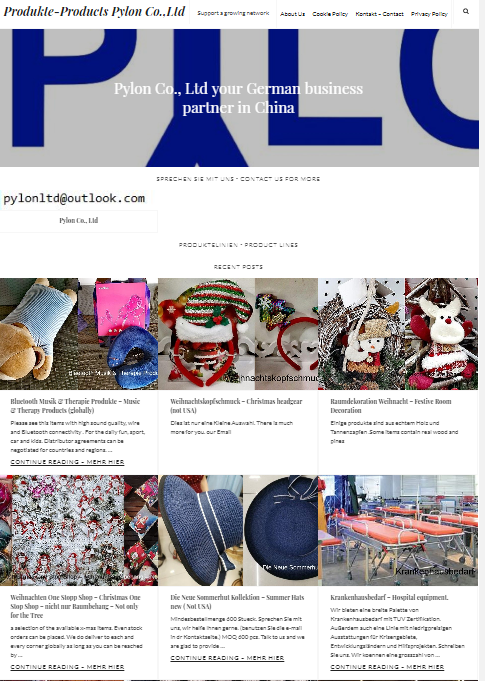“Chinese Zodiac Relics Exhibition in The Year of the Dragon”
- Details
- Category: Ningbo News
- Published: Wednesday, 31 January 2024 13:26
is held in Ningbo Museum
Jingdezhen kilns, Qing dynasty, Guangxu period, yellow ground, famille-rose enamelled with clouds and dragons, porcelain covered vessel
Let’s see the dragon in the year of the dragon. Yesterday, "Dragon in China - zodiac cultural relics exhibition of the year of the dragon" in Ningbo Museum on the ground floor of the west special exhibition hall. As the New Year's exhibition of Ningbo Museum, the most precious relics of "dragon" are "summoned" out. The exhibition displays 190 pieces of cultural relics with dragon elements, from the Spring and Autumn period of Kui Dragon bronze ceramic, Han Dynasty dragon bronze mirror, all kinds of dragon theme jade of Ming Dynasty,
to the images of the dragon on the porcelain of the Qing Dynasty, completely covering all the ancient dynasties of China with numerous categories, constituting a more complete picture of the dragon culture.
The dragon is the symbol of the Chinese nation. As a fictional mythical animal, it has condensed the deep emotional attachment of the Chinese people from ancient times to the present - the primitive worship of nature, the pursuit of good luck and longevity, the maintenance of the authority of the system, and the desire for beautiful things. The image of the dragon has gone through a long period of evolution, and its cultural connotations have been enriched and deepened with the passage of time.
On the occasion of the Year of the Dragon, Ningbo Museum, in conjunction with China Cultural Relics Newspaper and more than 60 cultural institutions across the country, launched this joint exhibition to welcome the New Year with the audience, which will last until 15 April.
In the exhibition, the audience can also see the aesthetics and folk customs of different historical periods and dynasties. The jade dragon of the Ming Dynasty is intricately carved, the figure of the dragon is winding and full of dynamic beauty, and the image is close to the dragon that everyone is familiar with now; many bronzes such as the bronze Kui Dragon pattern of the Qing Dynasty are all used for the ritual vessels of the Confucian temple at that time, which are well-made, retro ornamentation, and the atmosphere is vigorous.
There is also a part of the exhibits of blue and white dragon pattern porcelain from the Qing Dynasty, with clear glaze and white colors and meticulous patterns, highlighting the peak level of blue and white porcelain production at that time. The scholar's exhibits in the exhibition have another elegant temperament, such as inkstones, pen holders, seals and other cultural relics that are worthy of the audience's careful appreciation








